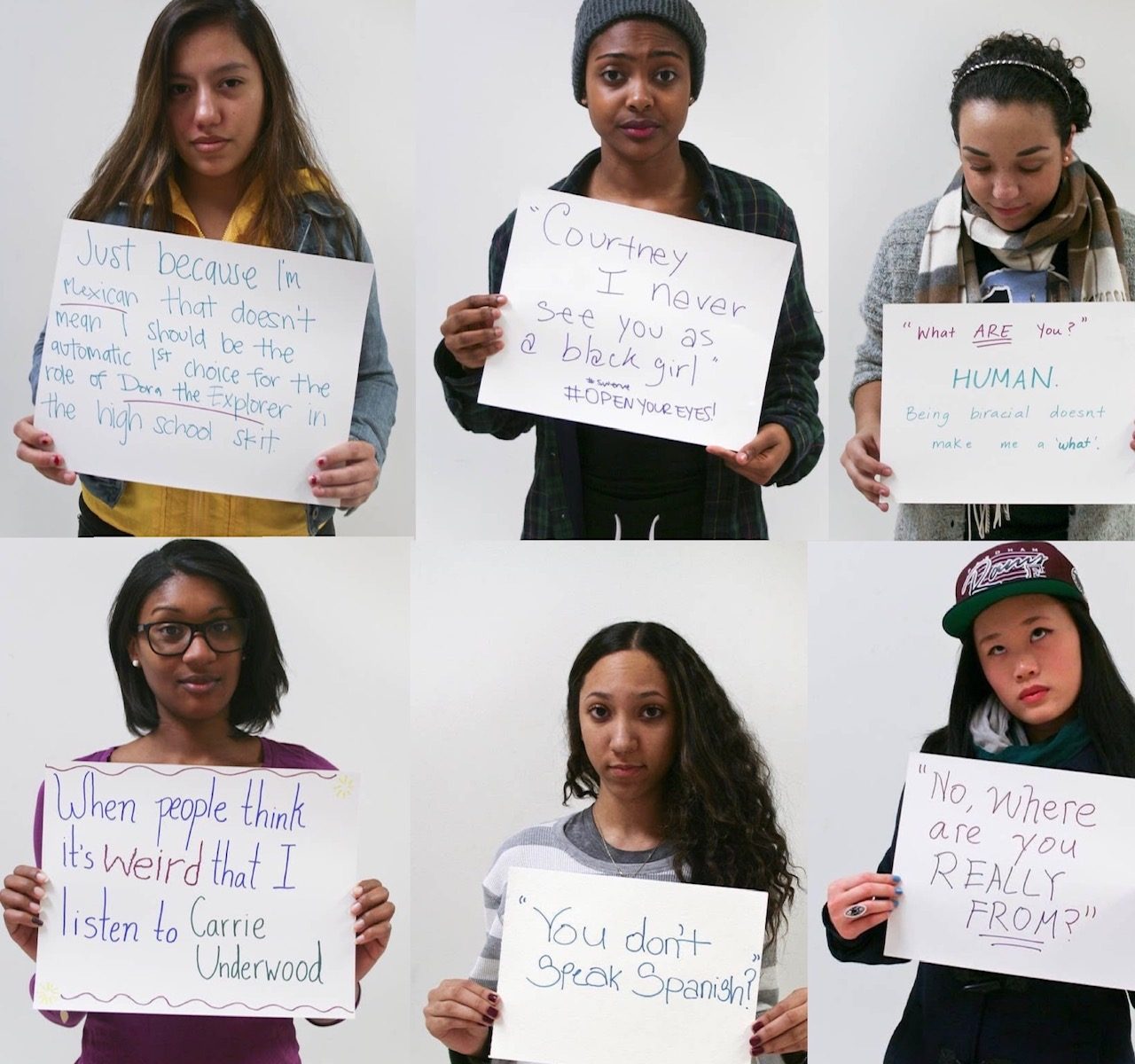By Deirdre Lynch, Sara Weber, and Jaden Forteau
Definitions:
Class is a word that has been given many different definitions over time and has multiple connotations attached to it. In the Oxford English Dictionary, the definition for class was originally defined as, “An inclusive or general taxonomic category into which species of living organism are grouped” (OED). This definition goes along with the idea of categorizing or identifying an item such as a plant or an animal based on similar characteristics. This definition is commonly used in biology. Another definition for class is, “To place in a class; to assign or regard as belonging to a particular category” (OED). Nowadays when people think of the word “class,” it is typically associated with an individual’s social or economic status. A more commonly used definition is “A system of ordering society whereby people are divided into strata of this type; the pattern of social division created by such a system; a person’s position in society as defined by this” (OED).
Etymology:
According to the Oxford English Dictionary, the word class comes from multiple origins but the main origin was from France. In French, it is pronounced classe. The OED states that class in France is the “division of the Roman people on the basis of property” (OED).
Literary Importance:
The term “class” helps readers understand literary texts in a more complex way. Knowing what class structure is, can help a reader better categorize characters within a book. Authors demonstrate class structure by showing the contrast between social and economic statuses. A thorough understanding of class structure at the time that the book takes place, can give the reader a better insight into the characters’ lives by showing how their status affects their daily routine. By evaluating class structure, readers may also be able to understand why a character is treated the way they are, and why they treat other character’s the way they do. Knowing the meaning of class will help readers better interpret interactions between characters when deciphering conversations. In most cases, wealth is equivalent to power, therefore class can further explain why a character has a certain amount of authority and control. Understanding the definition of class can also help readers recognize certain tensions between one or multiple races within a book. Having an understanding of the term class helps readers better distinguish inequality between characters. Opportunities and rewards of a person are greatly affected by their class position. Therefore, class helps us notice the difference in education, opportunities, power, and even health. The characters in A Raisin in the Sun live in a cramped house in the south side of Chicago. Their position in society affects each character’s life in a different way. Beneatha was a more progressive thinker than the average minority woman in the 1950’s. She studied in hopes of becoming a doctor, but it was difficult due to her family’s lack of finances. Her brother Walter dreamed of opening a liquor store, but because of his family’s low income, he was stuck working as a chauffeur to a rich- white man. He often takes his frustrations about life out on his wife. Walter’s wife, Ruth is also affected by their family’s poor financial situation. She struggles to obtain any time for herself being a mother, a housewife and cleaning other family’s houses. Ruth even had to consider aborting her unborn baby because she was aware that her family could not financially afford it.
Keyword in Action:
Throughout the story A Raisin in the Sun by Lorraine Hansberry, the idea of class is displayed in many interesting ways. Since the Younger family is African American, their class status is heavily defined by this trait. Unfortunately, due to the long-standing racial stereotypes that have been implemented in America, African Americans have been known to be the inferior race. While all of the data to confirm these statements have been proven false, these ideas are still held by some. The idea of race relates heavily to this story since the life of the Younger family is impacted by their low-class status.
One aspect of life that is affected by the class of the Younger family is their jobs and career goals. One example of this is when Beneatha strives to become a doctor, and people underestimate her because of her low status. Beneatha works hard to earn her status as a smart, capable girl, and her progress is inhibited by people who don’t believe in her. Her own brother has trouble believing that she can be an effective doctor and encourages her to be a nurse. He says, “[w]ho the hell told you you had to be a doctor? If you so crazy ’bout messing ’round with sick people- then go be a nurse like other women- or just get married and be quiet” (38). This argument likely would not have come about if their class status was higher. If the Younger family was rich, Beneatha would be able to choose whatever career she wanted and receive no backlash for it. Since the family is lower class, though, it is expected that she sticks to the status quo.
Another way in which class is relevant to the story A Raisin in the Sun is that higher class people try to distance themselves from people of color. Since the Youngers are crammed into a small household, they dream of living in a more spacious home. They end up with the financial means to move, and Mama puts a down payment on a house in a white neighborhood. Mr. Lindner, a member of the welcoming committee tries to encourage the Youngers not to move into his community. Lindner does not say this explicitly, however, it is clear that he does not want them in his community because he believes that their presence will damage his communities’ image. This is evident when he says “…the overwhelming majority of our people out there feel that people get along better, take more of a common interest in the life of the community when they share a common background” (118). He tried to make them believe that his comment was not derogatory, however, it is clear that this is not the case. It is clear that their ‘unshared background’ is their race. This discrimination obviously isn’t fair but is ever so present in the lives of the Younger family in A Raisin in the Sun. The general assumption that the Younger family and African American families alike are somehow inferior to white families is damaging and false. The upper-class citizens, in turn, discriminate against lower-class citizens, who happen to be African American. The Younger family and all other African American families, therefore, face constant discrimination and have to deal with being constantly looked down upon and underestimated. The effects of discrimination are far-ranging, and the idea of class proves this. Certain class distinctions make it extremely clear that white people (typically upper class) have the upper hand over African Americans (typically lower class).
The meaning of the word ‘class’ is different for each person and society. For this reason, analyzing class will be different depending on the culture that defines it, but it is important to read texts with this concept in mind. Hansberry points out class disparity through her characters, specifically Lindner, who contrasts greatly from the Younger family. She seeks to bring awareness to class differences and show how struggles related to class are damaging.
Works Cited
Image derived from Pixabay, by Andrey_Popov
Hansberry, Lorraine. A Raisin in the Sun. Robert Nemiroff, 1994.
The Oxford English Dictionary. Oxford University Press, 2004.




